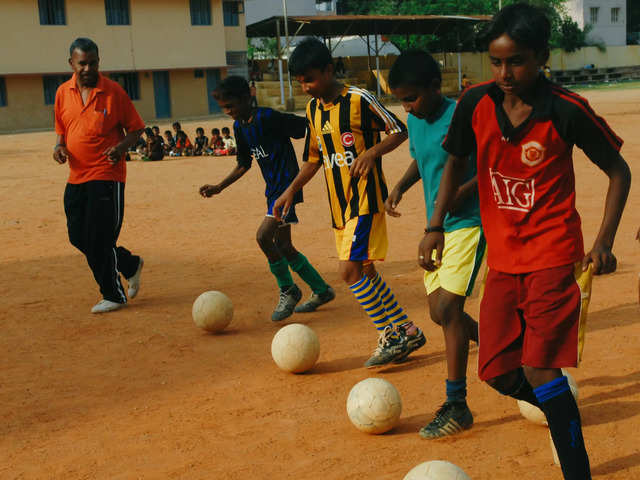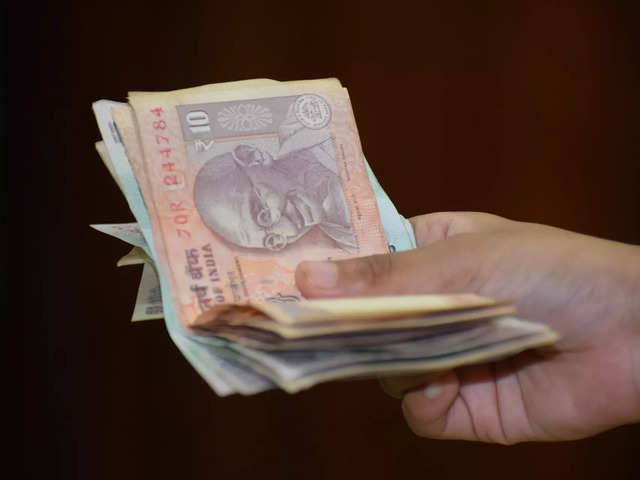
Building a gender-fluid work culture
Our panel shared with us their struggles of finding an inclusive workplace and why we need more representation in our a...
Jun 10, 2020, 10:28 IST
ad-agencies
How to build a gender-fluid work culture and make advertising more inclusive
Jun 10, 2020, 10:28 IST
Our panel shared with us their struggles of finding an inclusive workplace and why we need more representation in our a...
- On the eve of
Pride Month , we reached out toHarish Iyer , Equals Right Activist, Co-founder of The Jimmy Foundation, Balaji R, TEDx Speaker and Influencer Outreach Professional, Tonic Worldwide, Sunetro Lahiri, Associate Vice President - Creative, The Glitch and Tania Dey, Vice President, CX Strategy, Lowe Lintas to understand how to build a gender-fluid work culture and make advertising more inclusive. - They shared with us their struggles of finding an inclusive workplace and why we need more representation in our ads.
- They said it starts by recognising them as a core part of the demographics -- from designing your brief to moving awareness beyond tokenism in the final output.
Over the years, we have normalised using derogatory words and making fun of the queer community for their sexual preferences, lack of masculinity or femininity at workplace. The lack of representation of LGBTQIA+ in Indian advertisements also reflects how deep seated these prejudices are.
Therefore, to start a conversation around it, we organised a virtual panel discussion with Harish Iyer, Equals Right Activist, Co-founder of The Jimmy Foundation, Balaji R, TEDx Speaker and Influencer Outreach Professional, Tonic Worldwide, Sunetro Lahiri, Associate Vice President - Creative, The Glitch and Tania Dey, Vice President, CX Strategy, Lowe Lintas.
#PrideMonth | In conversation with @hiyer, equal rights activist who moved SC on #Section377, Tania Dey (… https://t.co/KQmbVxESbU
— Advertising and Media Insider India (@admediainsider) 1591702492000They shared how we need to change things at the grassroots level, talk to employees and build a gender-fluid environment inside to be able to reflect on the outside. In the latter part of the conversation, the panel members helped us look at the macro problems of representation, visibility of the queer community in leadership positions and how we can make the advertising world more inclusive and move beyond tokenism.
Finding an inclusive workplace
For people whose sex assigned at birth is female, coming out is an additional challenge because the society already treats you like a second class citizen. There are other numerous domestic issues like verbal harassment, body shaming, etc, that come into play. Iyer highlighted how some organisations put their foot down after they hire someone from the spectrum. They expect the queer person to presume the responsiblity of educating and sensitising the workplace.
However, for Dey, who works with one of the oldest ad agencies in India, its sensitisation processes helped them feel home.
Dey said, “Lowe Lintas has been a very mature organization as there were sensitisation processes already in place at least for things like sexual harassment at workplace, from a gender-perspective. But for sexuality, not so much. So when I joined Lintas, I told them I am coming with one simple agenda -- you are the biggest agency out there and change has to come from you. If you don’t push it, who else is going to push it? Every brief, pitch and team you work for, that is an opportunity to bring up the conversation and bring change.”
For Balaji, on the other hand, the journey to finding an inclusive workplace was quite challenging, who was rejected by a few companies based on their sexuality before finding Tonic Worldwide.
“A lot of companies rejected me due to my sexual orientation. They told me, 'There are a lot of decent people who work here and we won't be able to afford you’. People have openly given that feedback. So coming to Tonic was a different experience altogether. I remember, before we started with my interview, I told my boss that I am out and proud gay. He appreciated my honesty and I could come out with open colours, which wasn’t my plan because of my bad experience in the past and desperation to find a job. At the end of the day, skills matter, sexuality doesn’t,” shared Balaji.
It took Lahiri a while to not want to omit out his identity from the conversations. He gradually progressed in telling people what his sexual preference was. He started his career as a journalist and also lost job opportunities for his sexuality.
Sharing his experience of finding a comfortable job, Lahiri said, “When I was a journalist, I lost job opportunities because the way I presented myself, ostensibly 'coded gay', which threw them off. As a result of that, when I joined the advertising industry, I was very reticent for almost a year. When I found out that people around me had a similar vibe, it wasn’t like I had an announcement to share with them. It was just about how my truth will now not be hidden. Once that started, it just didn’t matter anymore.”
Before Iyer co-founded The Jimmy Foundation, he was working with an ad agency. Recollecting his memories of when he had just started working, he said, “My CV during 2007 had a clause, 'Candidate available only for equal opportunity employers' and people didn't exactly know what that meant. I explained it to them and told them that I'll not choose to work with you if you are not an inclusive place to work with. We spend most of the time of our day at the agency and we need a safe place.”
Moving beyond tokenism
Taking the conversation forward, Iyer further threw some spotlight on how everything in the ad industry was looked at from a gendered lens. The demographics are usually divided according to the audience’s economic status as segments A, B, C and further segregated into two genders i.e., male and female.
To which our panelists said that it is about time we start at the very basic gender and sexuality education -- move beyond tokenism to build an inclusive workplace and weave good ads.
Balaji said, “When I conducted a session on sensitisation at Tonic, a few people asked me what is the full form of LGBTIQA+ and I realised that we really need to spread the basic awareness. So we did a campaign with Nazariya where we decided to make filters like ‘This is what a trans person looks like.’ That was just to educate people and start a conversation.”
After joining the ad world, Lahiri realised that the process of bringing about change was not about taking an elastic band and snapping it. It’s about gradually pushing boundaries.
He said, “I didn’t want ‘queer representation’ to be the ‘punchline’ of my campaigns. It needed to be a part of one of many. When you see a queer couple and cis couple going through the same journey, that to me is very important for the larger audience to see -- it proves that they are both in the same ambit. I don’t need to look at this differently. There are accounts over accounts that are talking about pride month in India but check the comments. The audiences think it is simply a rainbow, not queer. So it needs education beyond tokenism. I want to educate through the world of advertising.”
Dey highlighted how the queer community needs to be included in the research stage first.
“When you are designing something, queer is not even in the radar -- even if I am a part of the boardroom conversation. We forget single mothers and men who are mothers. I want to see washing powder, biscuit brands making inclusive ads, not just fashion, luxury, alcohol brands,” shared Dey.
Iyer concluded the discussion by wishing that the Indian brands would remember the LGBTQIA+ community beyond pride month, even after the whole world deletes their rainbow-coloured profiles.
INSIDER INTELLIGENCE REPORTS







